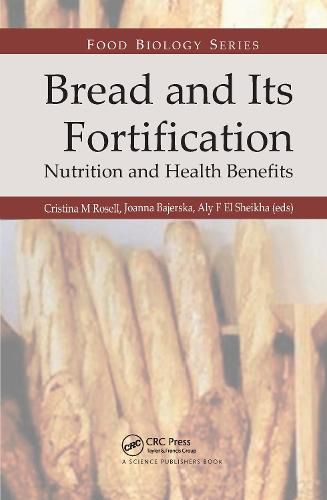Bread and Its Fortification: Nutrition and Health Benefits

Bread and Its Fortification: Nutrition and Health Benefits
Today, bread supplies over half of the caloric intake of the world’s population including a high proportion of the intake of Vitamins B and E. Bread therefore is a major food of the world. Bread was the main stables of the ancient Egyptian diet. Around 7,000 BC humans (probably Egyptians) somehow learned to grind grains in water and heat the mix on hot stoves to make unleavened bread. The art of bread making goes back to very early stages of different historical eras. Bread is an important part of the human diet, but for many people, it is much more than just providing macro- and micro-nutrients. Bread with their different types is influenced mainly by the nature of substrate and microorganisms involved in the fermentation. The components of bread depend on the type of bread and on practice and regulations operating in a country. They include basic components and other components (fortifying or enriching ingredients, emulsifiers, anti-fungal agents, anti-oxidants, enzymes and favoring agents, etc.).
Bread and its Fortification for Nutrition and Health Benefits provides updated information in the area of bread and its fortification for health benefits. It serves as a useful reference book with recent advances in the areas of fermentation technology, bread microbiology, bread biotechnology, and bread biochemistry, which is related strongly to human health.
This item is not currently in-stock. It can be ordered online and is expected to ship in approx 4 weeks
Our stock data is updated periodically, and availability may change throughout the day for in-demand items. Please call the relevant shop for the most current stock information. Prices are subject to change without notice.
Sign in or become a Readings Member to add this title to a wishlist.


